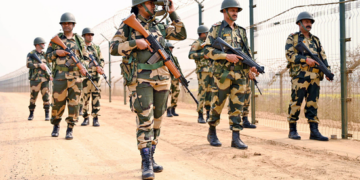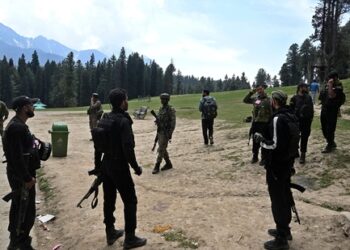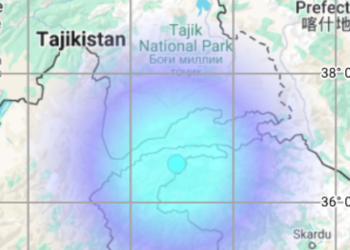The joint air drills, which began today, involve the participation of U.S. and South Korean warplanes. These exercises are designed to strengthen the readiness, interoperability, and coordination of the two countries’ air forces.
The Korean Peninsula remains a region of global concern due to the continuing nuclear and missile programs of North Korea. The joint military exercises are part of a broader strategy to deter potential threats and maintain stability in the area.
The military partnership between the United States and South Korea is a cornerstone of the security architecture in the region. The joint air drills underscore the commitment of both nations to maintaining a strong and unified defence posture.
Amidst these military exercises, diplomatic efforts are also ongoing to engage North Korea in denuclearization talks. The United States and South Korea, along with other regional actors, continue to seek a peaceful resolution to the nuclear issue.
The security and stability of the Korean Peninsula have significant implications for the broader Asia-Pacific region and the world. The joint exercises are being closely monitored by neighbouring countries and the international community.
The joint air drills are expected to continue for a specified period, with both U.S. and South Korean forces focusing on a range of training scenarios and objectives.
Simultaneously, diplomatic efforts are underway to address the regional challenges and work toward denuclearization. These diplomatic tracks are seen as a parallel strategy to ensure peace and security in the region.








 India
India












